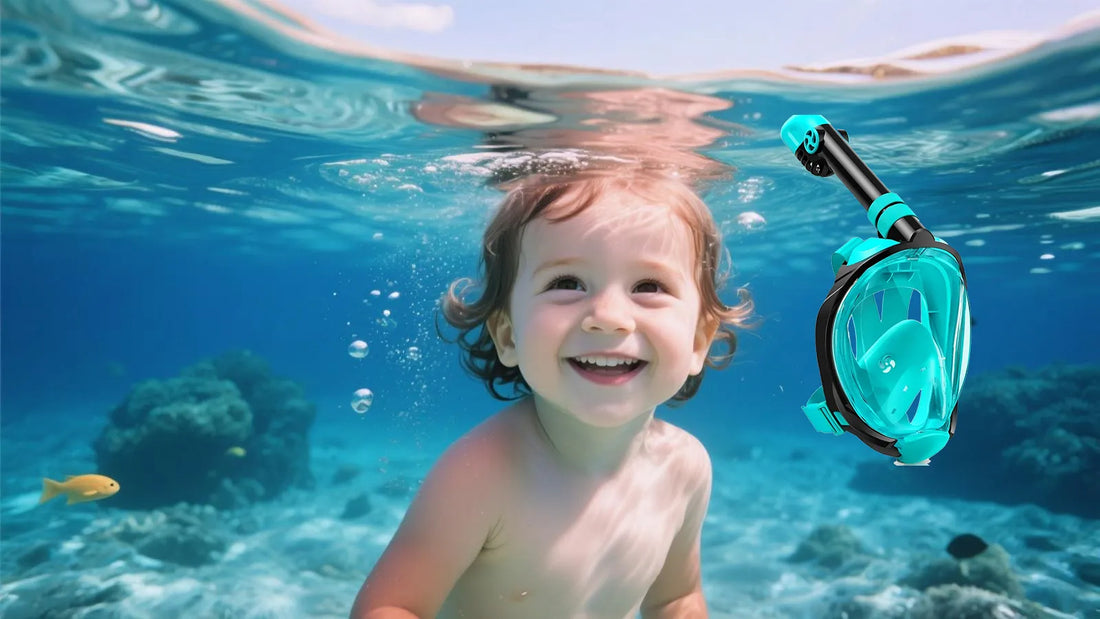Installing a snorkel on your vehicle can significantly enhance its off-road capabilities by improving air intake and protecting the engine from water and dust. Whether you're a seasoned DIY enthusiast or a beginner, this step-by-step guide will walk you through the entire process, ensuring a successful installation.
Understanding the Basics of a Snorkel
Before diving into the installation process, it's crucial to understand what a snorkel does and why it's beneficial. A snorkel is a raised air intake system that allows your vehicle to breathe cleaner air, especially in dusty or wet conditions. By elevating the air intake point, a snorkel helps prevent water from entering the engine during water crossings and reduces the risk of dust clogging the air filter.
Gathering the Necessary Tools and Materials
To install a snorkel, you'll need a set of basic tools and materials. Here's a list of what you'll typically require:
- Drill and drill bits
- Measuring tape
- Marker or chalk
- Screwdrivers
- Wrenches
- Sealant or silicone
- Snorkel kit (includes the snorkel, mounting brackets, and hardware)
Make sure you have all these items ready before starting the installation to avoid any interruptions.
Preparing Your Vehicle for Installation
Preparation is key to a smooth installation process. Begin by parking your vehicle on a flat surface and ensuring it's turned off. Clean the area where the snorkel will be installed to remove any dirt or debris. It's also a good idea to read through the snorkel kit's instructions to familiarize yourself with the components and the steps involved.
Marking and Drilling the Air Intake Hole
The first major step in the installation process is marking and drilling the air intake hole. Start by positioning the snorkel template (usually provided in the kit) on the side of your vehicle where the snorkel will be installed. Use a marker or chalk to trace the outline of the hole onto the vehicle's body.
Once the outline is marked, carefully drill the hole using the appropriate drill bit size. Take your time to ensure the hole is precise and matches the template. After drilling, smooth out any rough edges with a file or sandpaper to prevent damage to the snorkel or your vehicle.
Installing the Snorkel Body
With the air intake hole prepared, it's time to install the snorkel body. Begin by attaching the mounting brackets to the snorkel according to the kit's instructions. Position the snorkel against the vehicle's body, aligning it with the drilled hole. Secure the snorkel in place using the provided screws or bolts, ensuring it's firmly attached.
Once the snorkel is mounted, connect the air intake hose to the snorkel's lower end. Make sure the hose is securely fastened and properly aligned with the vehicle's existing air intake system. Use sealant or silicone around the edges of the air intake hole to create a watertight seal, preventing any leaks.
Connecting the Snorkel to the Airbox
The next step is to connect the snorkel to the vehicle's airbox. This involves routing the air intake hose from the snorkel to the airbox, ensuring a secure and airtight connection. Depending on your vehicle's design, you may need to remove or modify parts of the airbox to accommodate the snorkel.
Carefully follow the kit's instructions to connect the hose to the airbox, using clamps or brackets to secure it in place. Double-check all connections to ensure there are no gaps or loose fittings that could compromise the snorkel's performance.
Final Adjustments and Testing
With the snorkel installed and connected, it's time to make final adjustments and test the system. Check all mounting points, brackets, and connections to ensure everything is tight and secure. Inspect the sealant around the air intake hole to confirm it's properly applied and free of gaps.
Start your vehicle and let it run for a few minutes to test the snorkel's functionality. Listen for any unusual noises or air leaks, and check the air filter to ensure it's receiving clean air. If everything looks and sounds good, your snorkel installation is complete!
Maintenance Tips for Your Snorkel
To keep your snorkel in optimal condition, regular maintenance is essential. Periodically inspect the snorkel for any signs of damage, such as cracks or loose fittings. Clean the air intake regularly to remove dust and debris, and check the sealant around the air intake hole for any wear or gaps.
Additionally, ensure the air filter is clean and replace it as needed to maintain proper airflow. By taking these simple maintenance steps, you can extend the life of your snorkel and ensure it continues to perform effectively in all conditions.
Installing a snorkel is a rewarding project that can greatly enhance your vehicle's off-road performance. With the right tools, preparation, and attention to detail, you can successfully install a snorkel and enjoy the benefits of improved air intake and engine protection. So, gear up and get ready to take your off-road adventures to the next level with a professionally installed snorkel!

